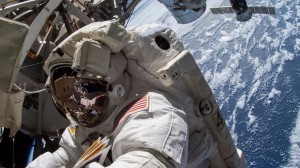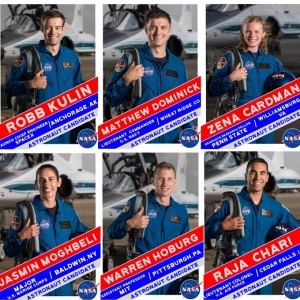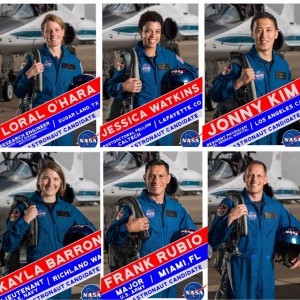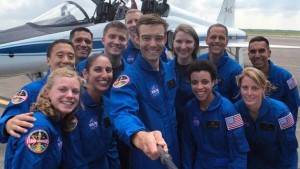Meet the high flyers who soared above a record number of rivals to be chosen as Nasa’s new apprentice astronauts.
The seven men and five women saw off around 18,300 other applicants to earn a place on the two-year elite space training programme.
The 2017 batch includes former SpaceX employees, a marine biologist and several highly decorated military officers, who all answered Nasa’s call for applications in December 2015.
US Vice President Mike Pence hailed them during a welcome ceremony at the Johnson Space Center in Houston.
“You are the 12 who made it through, you have joined the elites, you are the best of us,” he said.
What do you need to apply?
You’ll need a bachelor’s degree in engineering, biological science, physical science, computer science or mathematics to begin.
Add to that three years of relative professional experience or at least 1,000 “pilot-in-command time” in a jet aircraft.
But an additional master’s or doctorate or equivalent teaching experience can substitute for the professional experience, as long as it is in science, engineering or mathematics.
The mental ability has to be backed up with physical ability in order to pass NASA’s long-duration Astronaut physical, along with 20/20 vision (though glasses are acceptable to achieve this).
You must also meet the “anthropometric requirements” for the spacecraft vehicle and space suit, which appears to be a height between 5’2″ and 6’2″.
And finally, despite having all of the above, you cannot earn a place on the course unless you have an American passport, though dual-citizens can apply.
How does Nasa decide who to take?
After sifting through the applications to narrow down the field, the chosen few are invited to a week-long job interview.
The close scrutiny includes personal interviews, a medical screening and orientation testing as part of the final consideration.
Who made the grade?
The 2017 intake includes an ice driller in Antarctica (Robb Kulin), an assistant professor at Massachusetts Institute of Technology (Warren Hoburg) and a former member of the USA Rugby Sevens team (Jessica Watkins).
Raja Chari is one of a number of experienced pilots, having accumulated more than 2,000 hours in combat missions in Iraq and deployments in Korea.
Other high flyers include Matthew Dominick, a star of the US Naval Test Pilot School who has flown more than 60 combat missions, and German-born-but-US-raised Jasmin Moghbeli, who has flown 150 combat missions.
Other candidates include Kayla Barron, who earned a master’s degree in nuclear engineering at Cambridge University, and father-of-four Frank Rubio, who more than met the demand for science excellence and piloting skills.
The family physician and decorated former platoon leader flew Blackhawk helicopters for the US Army in Bosnia, Afghanistan and Iraq.
What will the astronaut candidates do now?
The dozen candidates will undergo two years of training and evaluation to develop the knowledge and skills to prepare for a formal mission training and test flight.
This includes:
– SCUBA training in order for the trainee-astronauts to be qualified in military water survival.
– International Space Station systems training
– Extravehicular Activity skills training
– Robotics skills training
– Russian language training
– Aircraft flight readiness training.
Those who complete the training to the required standard will become permanent Federal employees, while those who fall short will be considered for alternative roles within Nasa.
Think you have what it takes?
Find out more about the Nasa applications here.





































